A simple ratio that compares triglycerides to total cholesterol to add context to your lipid profile.
Securely stored in EU
Cancel anytime
Test 100+ biomarkers
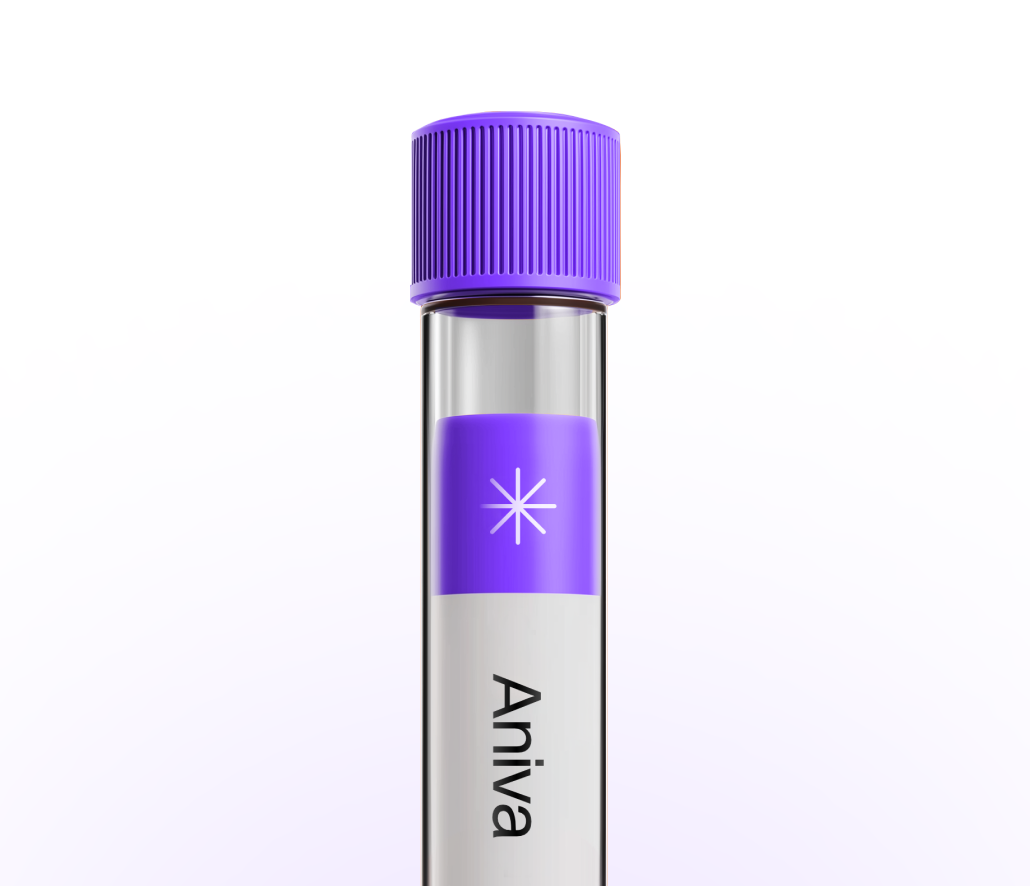
Less than 5 minutes waiting time. One
simple test at one of our 20+ locations.
Get your lab reports within one week.
Accessible on our app and per PDF.
All your health records stored
in a single, convenient place.

Clinicians sometimes review this ratio to add context to a standard lipid panel. It can hint at patterns like higher triglycerides relative to total cholesterol, which may reflect diet, alcohol, or insulin resistance. It’s best used to follow trends alongside guideline-endorsed lipid markers. You can test this marker with Aniva across Germany and Finland.
Clinicians sometimes review this ratio to add context to a standard lipid panel. It can hint at patterns like higher triglycerides relative to total cholesterol, which may reflect diet, alcohol, or insulin resistance. It’s best used to follow trends alongside guideline-endorsed lipid markers. You can test this marker with Aniva across Germany and Finland.
High: Suggests more triglyceride relative to cholesterol. Can align with a carb-heavy diet, alcohol, weight gain, or insulin resistance. Consider reviewing nutrition, activity, and medications, and rechecking when you’re well and stable.
Low: Suggests less triglyceride relative to cholesterol. May occur if cholesterol is higher or triglycerides are low; not always “better.” Review the full lipid profile for context. This ratio is not guideline-endorsed; no standardized cutoffs. Track trends and discuss next steps with your clinician.
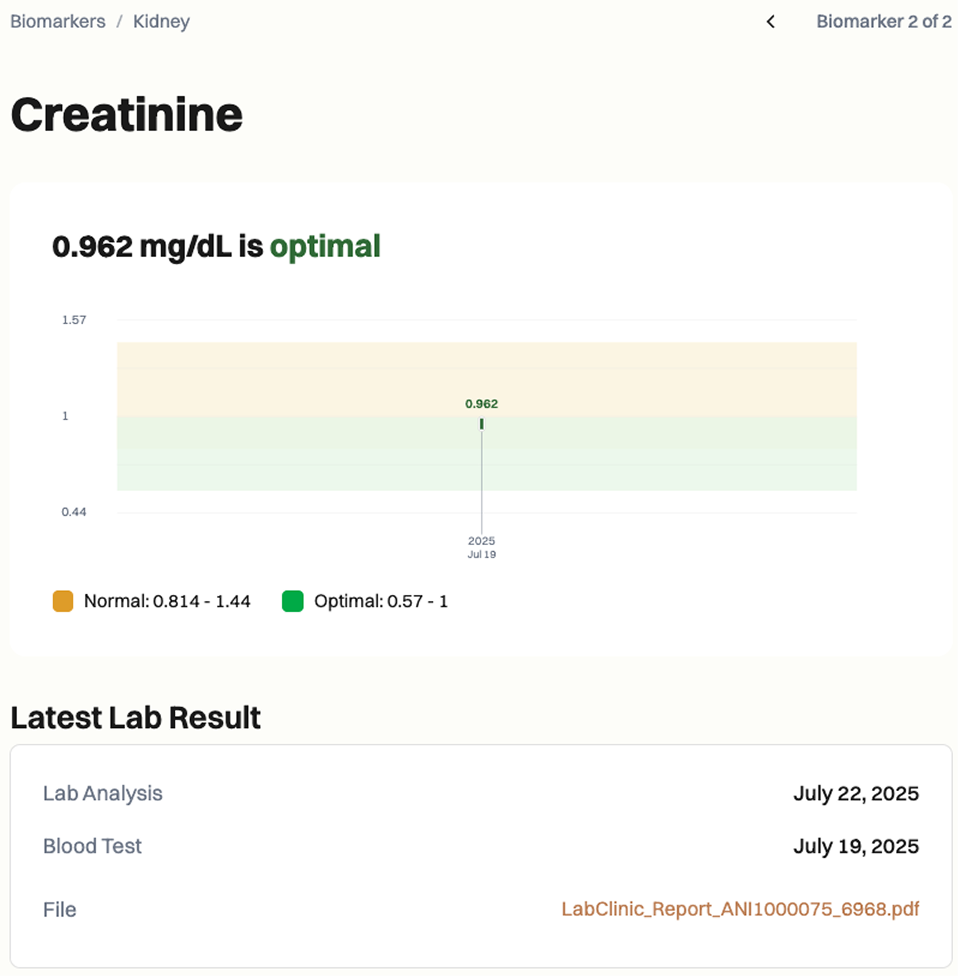
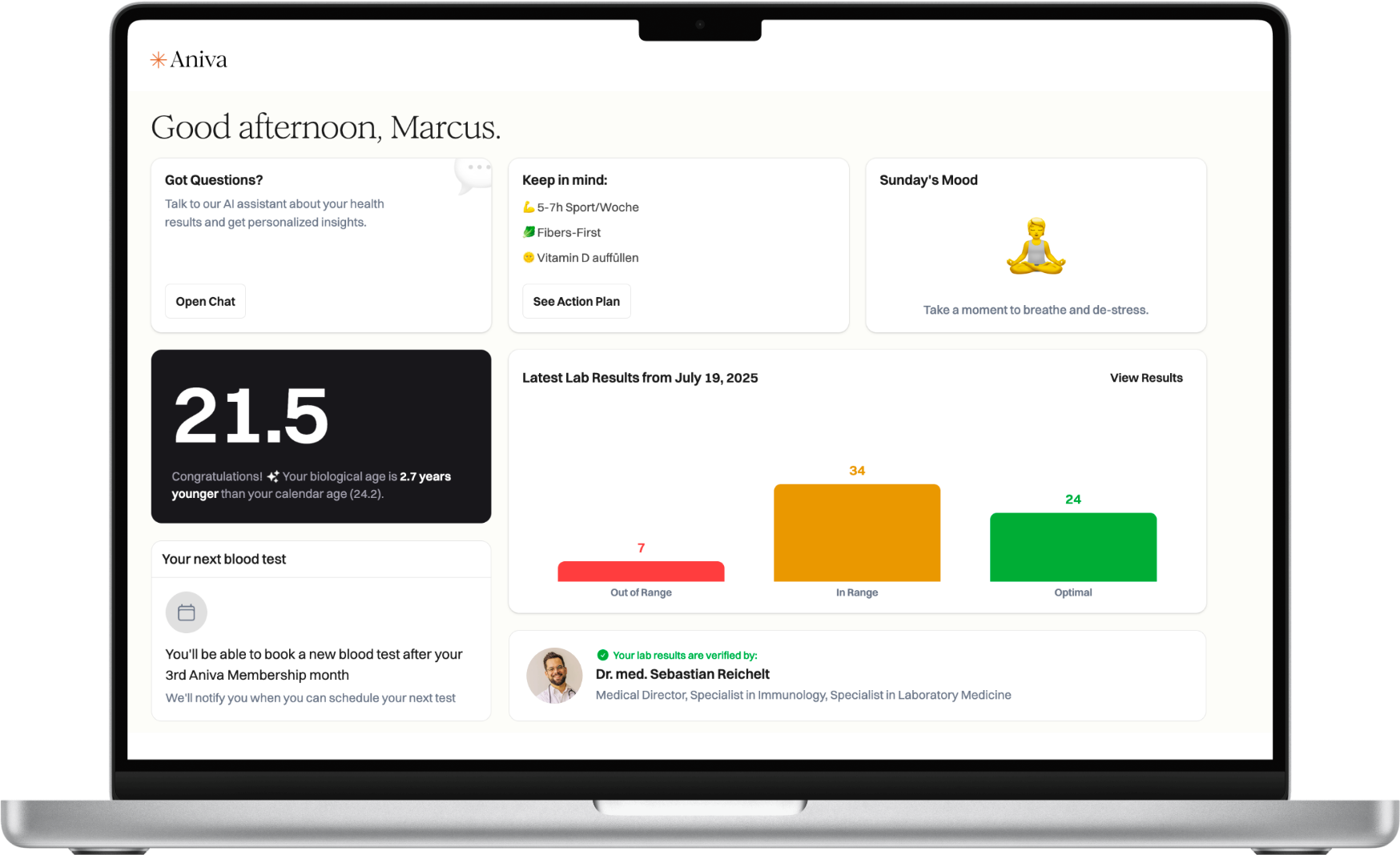
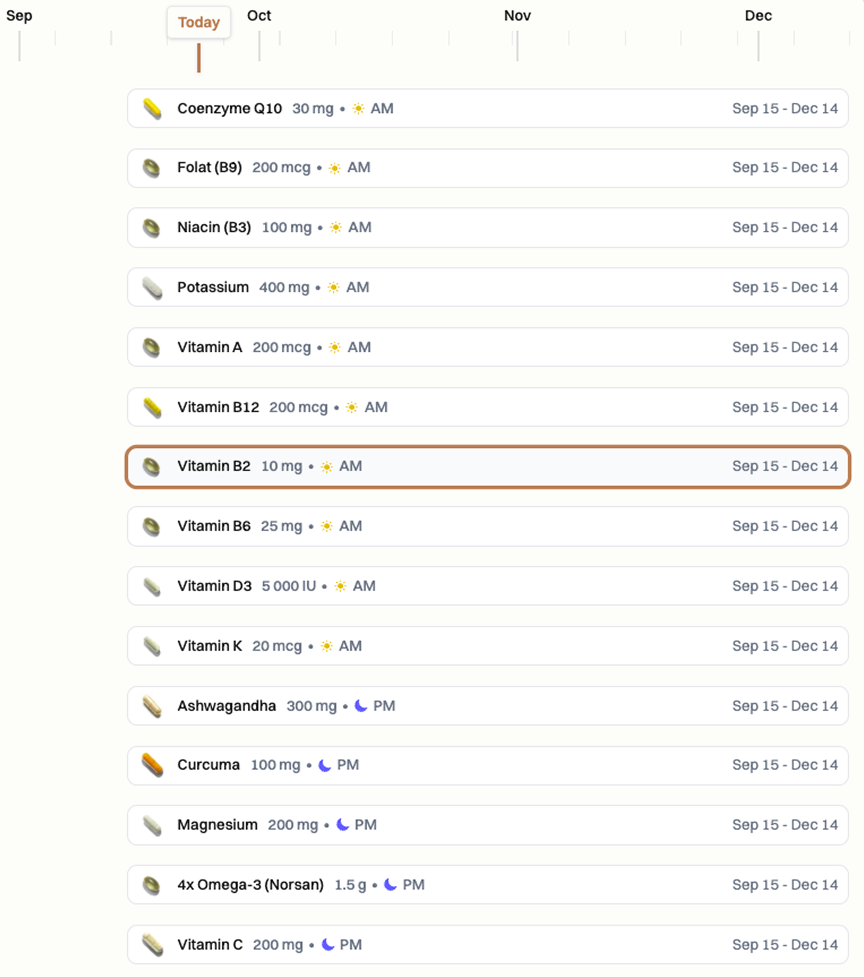
Common factors that can skew results include recent meals (especially high-fat or high-sugar), alcohol within 24 hours, strenuous exercise, acute illness, dehydration, pregnancy, and major weight or diet changes. Medications and supplements such as statins, fibrates, omega-3s, niacin, steroids, estrogen, and some diuretics can also shift lipid values.
Special situations: confirm or repeat (often fasting) if triglycerides are very high, during acute illness or pregnancy, or when results don’t fit the rest of the lipid profile.
What does a high or low result mean? High suggests more triglyceride relative to cholesterol; low suggests the opposite. Use it with your full lipid profile.
Do I need to fast for this test? Fasting is usually not required. If triglycerides are very high, your clinician may ask for a fasting repeat.
What can affect the result? Recent meals, alcohol, hard workouts, illness, pregnancy, dehydration, and some medicines or supplements can shift lipids.
How often should I test this ratio? Check when you get routine lipid panels or after changes in diet, weight, or treatment, as advised by your clinician.
How long do results take? Most labs report lipid results within 1–3 business days.
What should I discuss with my clinician? Review your full lipid panel, ApoB or non-HDL cholesterol if available, and heart risk factors.

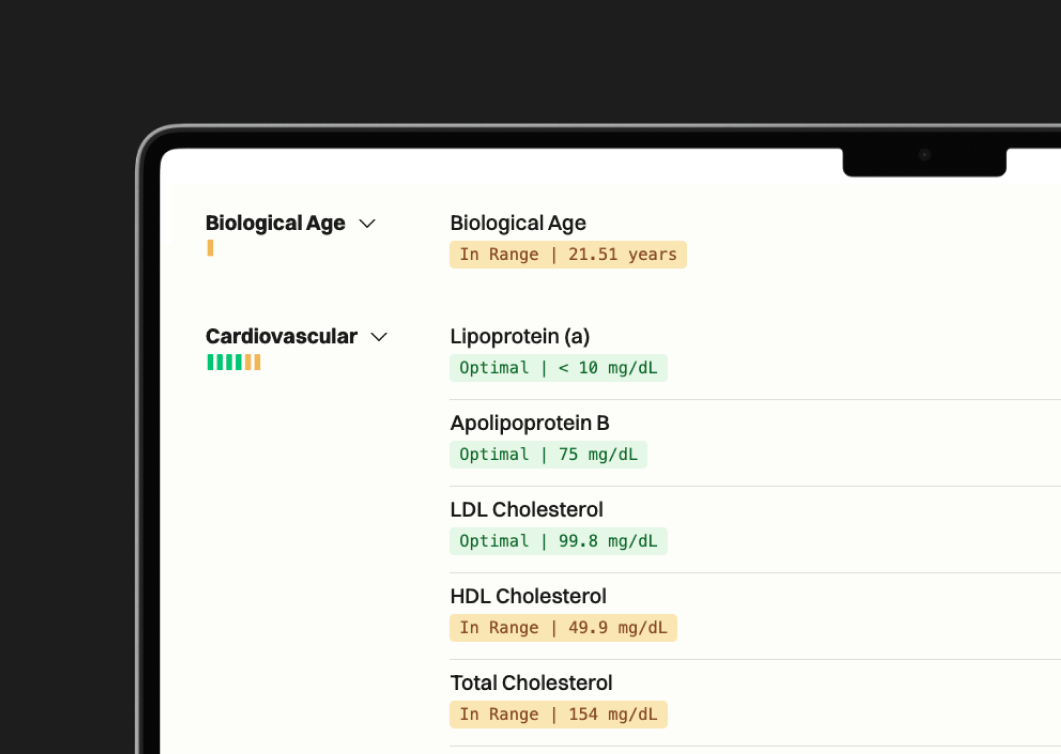
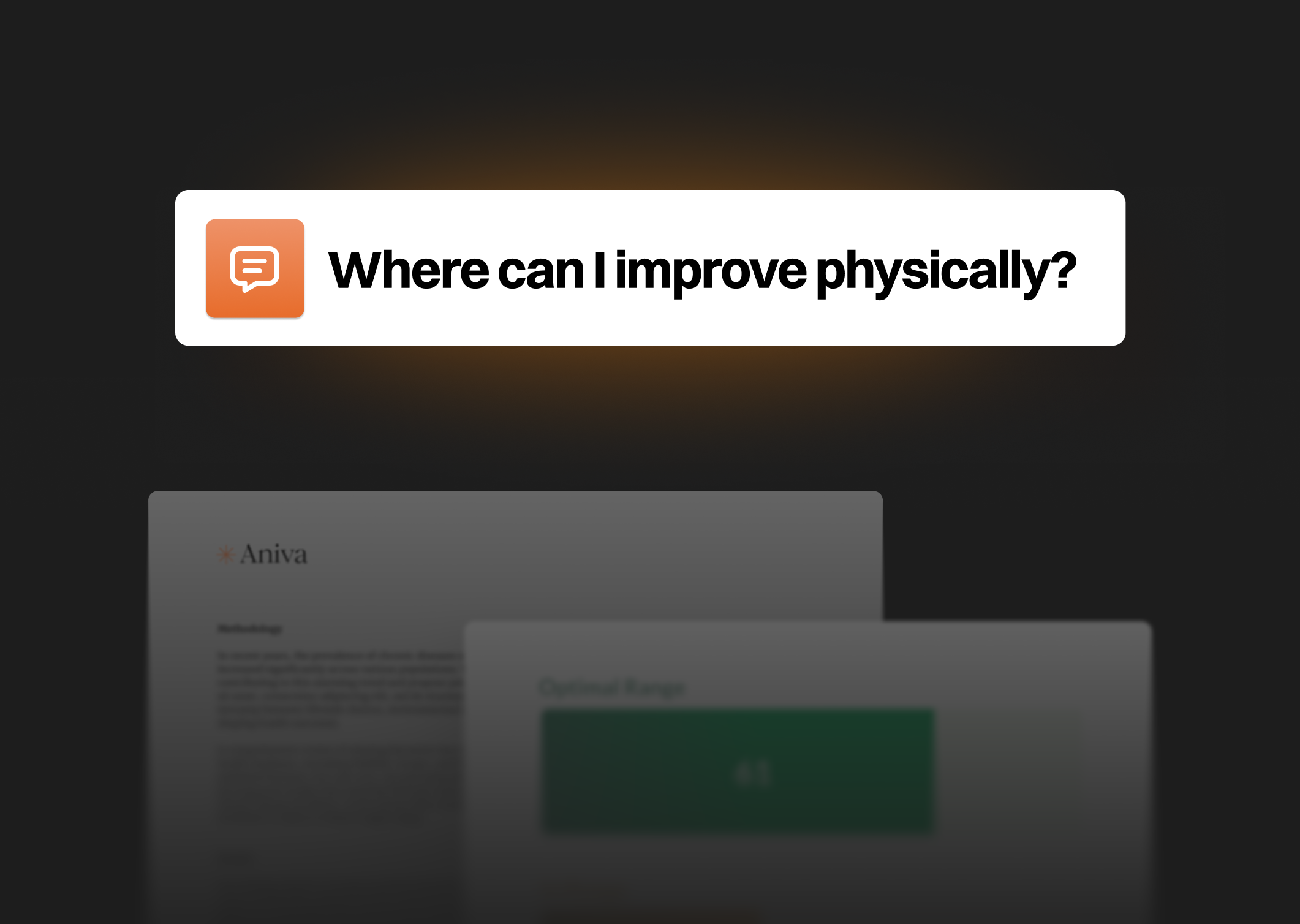
One annual blood test (100+ biomarkers)
Clinician-reviewed insights
Personalized action plan
Access to our AI Concierge
Access to curated products


63%
44%
70%